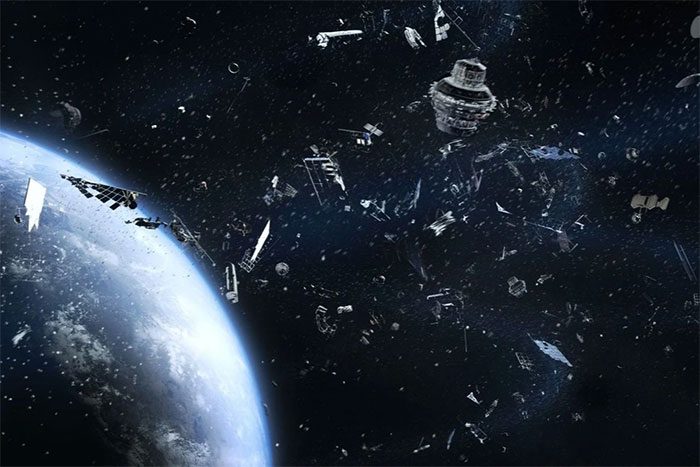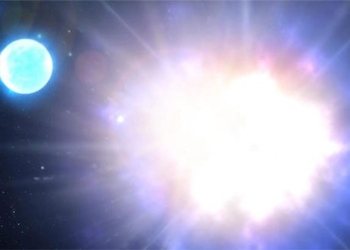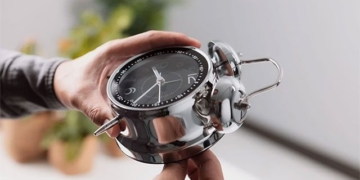Two large objects nearly collided under satellite observation, raising concerns about space debris.
A Terrifying Collision Almost Occurred
On September 22, Leolabs, a company specializing in tracking satellites and orbital objects, detected a dangerous near-collision between two large objects in low Earth orbit.

The dangerous collision nearly occurred in Earth’s orbit. (Photo: Getty).
Leolabs identified one object as Cosmos 807, a 400 kg satellite launched by the Soviet Union in 1976. The other object was the Long March 4C rocket stage from China, weighing approximately 2,000 kg, which was launched five years ago.
Each object was traveling at a speed of about 7.5 km/second and passed within just 36 meters of each other, with a collision probability of 0.1%, or one in a thousand.
Experts at Leolabs believe that, given the speed and size of the objects, a collision could threaten astronauts aboard the International Space Station (ISS) or China’s Tiangong space station.
The energy from such an explosion would also scatter approximately 3,000 debris pieces across low Earth orbit, creating numerous implications for future space missions.
A recent report from the European Space Agency (ESA) noted that although measures to mitigate space debris are being implemented, thousands of existing fragments in orbit still pose significant risks to space missions.
In June 2021, space debris punctured the robotic arm of the International Space Station (ISS). Previously, in February 2009, a defunct Russian satellite collided with an active American commercial satellite, Iridium.
This collision resulted in the complete destruction of both spacecraft and generated over 2,300 large pieces of space debris.
How Much Debris is in Space?

Illustration of debris in orbit around Earth. (Photo: Getty Images).
According to the ESA, humanity has launched approximately 12,170 satellites since 1957, with 7,630 of those still in orbit today, but only about 4,700 remain operational.
This means there are nearly 3,000 defunct satellites still orbiting Earth at high speeds, along with large and dangerous debris such as upper stage rocket bodies.
A report from NASA states that there are at least 26,000 pieces of space debris the size of a softball orbiting Earth—large enough to destroy a satellite.
More than 500,000 fragments the size of marbles—capable of damaging spacecraft—along with over 100 million smaller pieces can puncture space suits.
Spacecraft have also collided with each other in orbit. The most notorious incident occurred in February 2009, when the defunct Russian satellite Cosmos 2251 collided with the operational communication satellite Iridium 33, generating nearly 2,000 fragments larger than a softball.
Operators often choose to decommission satellites once they reach the end of their operational life rather than invest additional funds to push them into a “safe zone.” As a result, space debris continues to increase dramatically.





















































